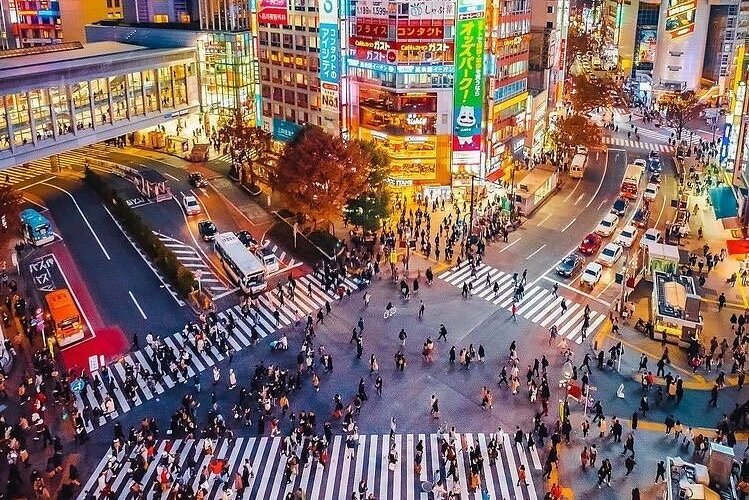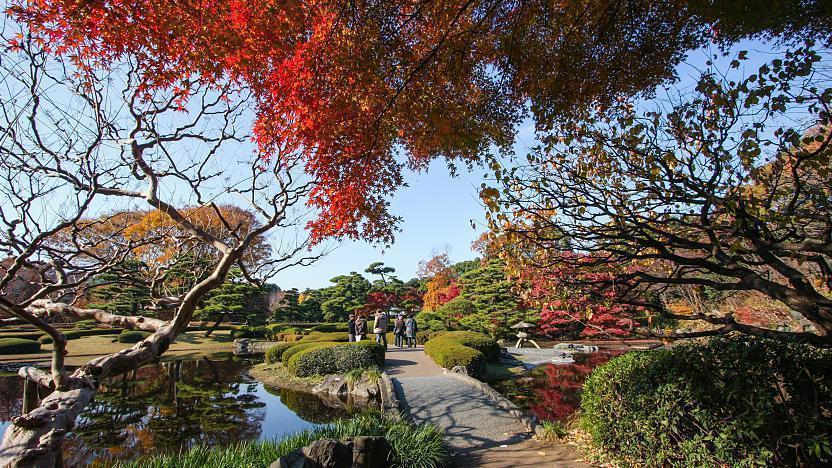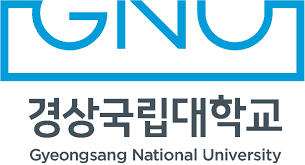About ICAAS
2026 14th International Conference on Agriculture and Animal Science (ICAAS 2026) will be held in Tokyo, Japan during September 18-20, 2026. It is one of the leading international conferences for presenting novel and fundamental advances in the fields of Agriculture and Animal Science. It also serves to foster communication among researchers and practitioners working in a wide variety of scientific areas with a common interest in improving Agriculture and Animal Science related techniques.
About Publication
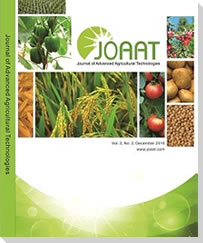 All full paper submissions will be peer reviewed and evaluated based on originality, technical and/or research content/depth, correctness, relevance to conference, contributions, and readability. Accepted papers of ICAAS 2026 will be
published in Journal of Advanced
Agricultural Technologies (E-ISSN:
2972-3264), which is
now indexed by Google Scholar, Crossref,
CNKI.
All full paper submissions will be peer reviewed and evaluated based on originality, technical and/or research content/depth, correctness, relevance to conference, contributions, and readability. Accepted papers of ICAAS 2026 will be
published in Journal of Advanced
Agricultural Technologies (E-ISSN:
2972-3264), which is
now indexed by Google Scholar, Crossref,
CNKI.
| Presentation only: For those a few authors who don't expect any publication of your papers, you're welcome to submit the abstracts to us and present your papers at the conference without publishing. |
Why Choose Us?
With members from around the world focused on learning about Agriculture and Animal Science and its advances; this is your best opportunity to reach the largest assemblage of participants from the community. Conduct presentations, distribute information, meet with current and potential scientists, make a splash with new advancements and developments, and receive name recognition at this 3-day event. World-renowned speakers, the most recent techniques, developments, and the newest updates in the research field are hallmarks of this conference.
Important Date
Submission
Deadline: Before April 25, 2026
Notifiation Date: Before May 15, 2026
Regsitration Deadline: Before May 30, 2026
Conference Date: September
18-20, 2026




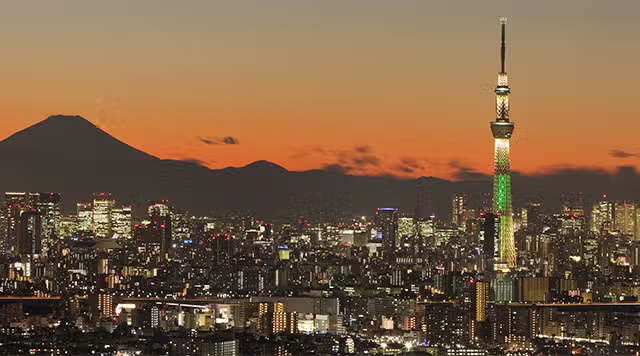 Tokyo Skytree,
Visit just before sunset to see the city transform from day
to night. Booking tickets online in advance can save you
from long queues.
Tokyo Skytree,
Visit just before sunset to see the city transform from day
to night. Booking tickets online in advance can save you
from long queues.
